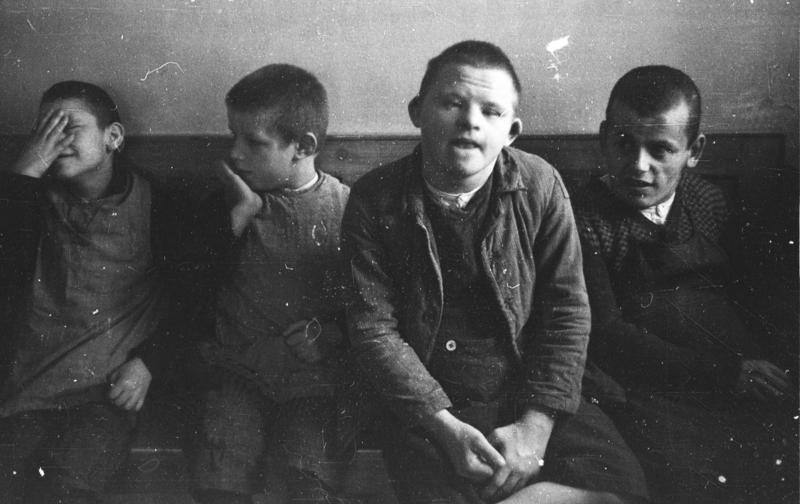In this post I want to
explain to you how euthanasia is dived, classification of euthanasia and
what the difference is.
Euthanasia
may be classified according to whether a person gives informed consent into three types: voluntary, non-voluntary and
involuntary.
Voluntary Euthanasia refers to the action taken by the physician
and the patient, who both agree (with informed consent) to end the patient's
life.
Involuntary Euthanasia refers to a third party taking a patient's
life without the informed consent of the patient. This is commonly practiced in
veterinary medicine when animals are "put down" or "put to
sleep." In modern medicine, it could conceivably be applied to the act of
taking a terminally ill, suffering patient's life who has lost all mental
capacity to make his/her own decisions.
Also Known As: physician-assisted
death, physician-assisted suicide, mercy killing
Indirect-Providing treatment
(usually to reduce pain) that has the foreseeable side effect of causing the
patient to die sooner. The patient dies sooner as a side effect of giving a
medical treatment given to relieve pain or improve end-of-life symptoms.
Indirect or passive euthanasia are not prohibited in most countries, while
direct or active euthanasia is prohibited; these are considered by some to be
incorrect terms because they are not really types of euthanasia.
Passive-Involves withdrawing or
withholding life-prolonging medical treatment with the intention to hasten
death in the patient's interests because of their expected negative quality of
life.
Distinguishing Passive from Active Euthanasia
Passive euthanasia is
letting someone die.
Active euthanasia is
doing something that kills them.
This
distinction between active and passive euthanasia is thought to be crucial for
medical ethics. The idea is that it is permissible, at least in some cases, to
withhold treatment and allow a patient to die, but it is never permissible to
take any direct action designed to kill the patient.
Non-Voluntary- This is where the person is unable to ask for
euthanasia (perhaps they are unconscious or otherwise unable to communicate),
or to make a meaningful choice between living and dying and an appropriate person
takes the decision on their behalf, perhaps in accordance with their living
will, or previously expressed wishes.
Situations
in which the person cannot make a decision or cannot make their wishes known,
includes cases where:
The person
is in a coma.
The person
is too young (e.g. a very young baby).
The person
is senile.
The person
is mentally retarded to a very severe extent.
The person
is severely brain damaged.
The person
is mentally disturbed in such a way that they should be protected from
themselves.


 http://www.geschichteinchronologie.ch/eu/3R/propaganda-2wk-ENGL.html
http://www.geschichteinchronologie.ch/eu/3R/propaganda-2wk-ENGL.html